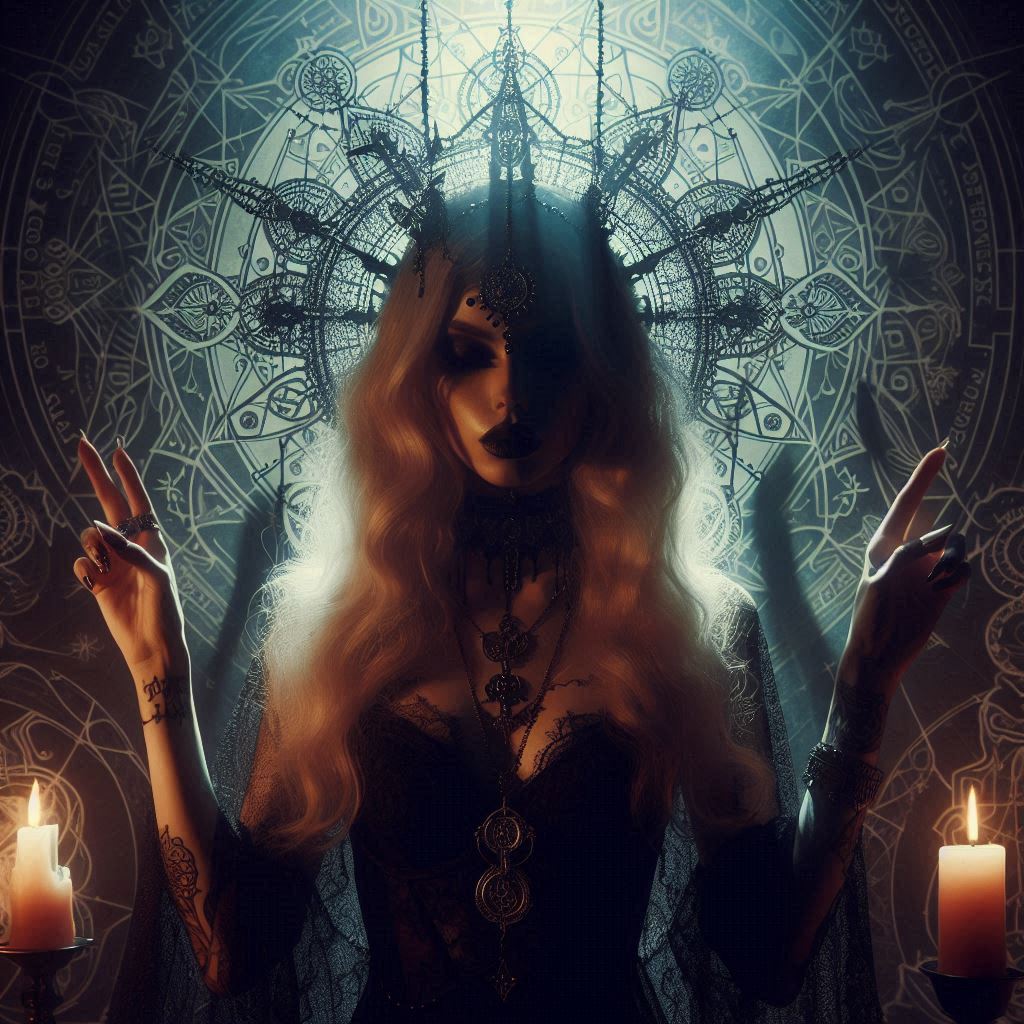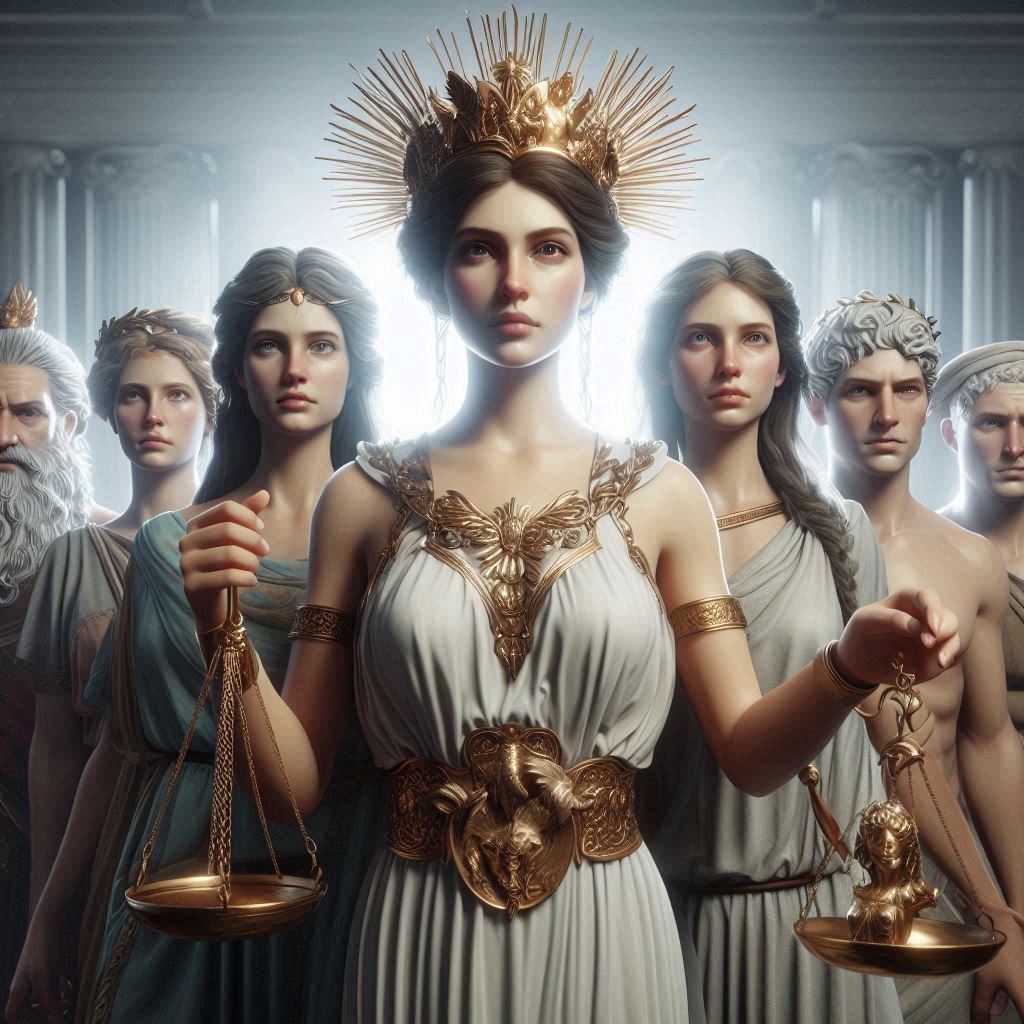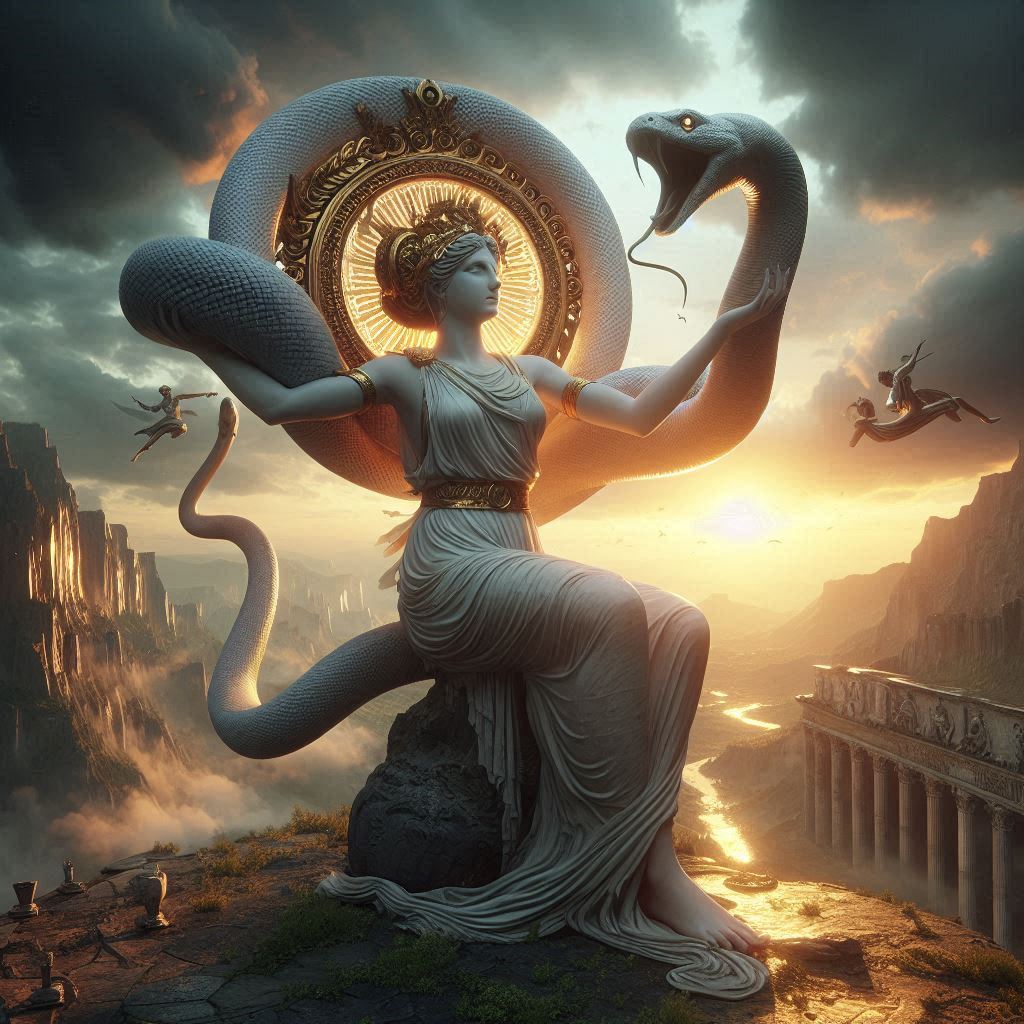Table of Contents
Hypnosis in Literature: A Gateway to the Subconscious and the Supernatural
Hypnosis has long been a captivating subject in fictional literature, serving as a narrative device that explores the depths of the human mind, manipulates perception, and even bridges the gap between reality and the supernatural. From Gothic tales to modern psychological thrillers, hypnosis has been portrayed as both a scientific tool and a mystical force, often blurring the lines between control and chaos. This essay examines the various ways hypnosis has been depicted in fiction, its thematic significance, and its role in shaping character psychology and plot dynamics.

Historical and Gothic Roots
The literary fascination with hypnosis—often referred to as “mesmerism” in earlier works—dates back to the 18th and 19th centuries, when Franz Mesmer’s theories on animal magnetism influenced both science and fiction. Gothic literature, with its themes of mystery and psychological terror, frequently employed hypnosis as a means of exerting supernatural control.
One of the most notable early examples is Edgar Allan Poe’s “The Facts in the Case of M. Valdemar” (1845), where a dying man is placed in a hypnotic trance to delay death, only to suffer horrifying consequences. Poe’s story plays on the fear of suspended animation and the unnatural prolonging of life, presenting hypnosis as a dangerous tampering with the natural order.
Similarly, Sheridan Le Fanu’s “Green Tea” (1869) explores the idea of hypnosis unlocking hidden madness, as a clergyman’s hallucinations are linked to his susceptibility to mesmeric influence. These early works established hypnosis as a gateway to psychological horror, where the mind becomes both the battleground and the victim.
Hypnosis as a Tool of Control and Deception
In many stories, hypnosis serves as a mechanism for manipulation, often wielded by villains or morally ambiguous figures. Bram Stoker’s Dracula (1897) features the vampire’s ability to entrance his victims, a form of supernatural hypnosis that symbolizes his dominance over their will. This trope recurs in vampire fiction, reinforcing the idea of hypnosis as a loss of autonomy.
A more scientific but equally sinister portrayal appears in George du Maurier’s Trilby (1894), where the malevolent Svengali uses hypnosis to control the titular heroine’s singing talent, turning her into a puppet for his ambitions. The novel popularized the archetype of the “Svengali figure”—a manipulative hypnotist who exploits others for personal gain.
Psychological and Existential Explorations
Modern literature often delves into the psychological implications of hypnosis, using it to explore memory, identity, and existential doubt. Ken Kesey’s One Flew Over the Cuckoo’s Nest (1962) subtly touches on institutional control methods resembling hypnosis, where patients are subdued through psychological conditioning rather than overt mesmerism.
In Patrick Süskind’s The Story of Mr. Sommer (1991), hypnosis is used as a metaphor for the elusive nature of memory and self-perception. Similarly, Chuck Palahniuk’s “Hypnotic” (from Haunted) presents hypnosis as a means of self-destruction, where characters willingly surrender their agency in pursuit of escape.
Hypnosis in Science Fiction and Speculative Fiction
Science fiction often reimagines hypnosis as a futuristic or alien phenomenon. Philip K. Dick’s works, such as “Ubik” (1969), play with altered states of consciousness where hypnosis and reality-warping technologies become indistinguishable. In Stanisław Lem’s “The Futurological Congress” (1971), mass hypnosis is used to manipulate societal perception, raising questions about free will in a controlled world.
Conclusion
Hypnosis in fictional literature serves as a versatile and potent motif, embodying humanity’s fears and fascinations with the mind’s malleability. Whether as a supernatural force, a tool of domination, or a psychological labyrinth, hypnosis continues to be a compelling narrative device that challenges perceptions of reality, autonomy, and identity. Through its various portrayals, literature reminds us that the greatest mysteries—and horrors—often lie not in the external world, but within the depths of our own subconscious.


No responses yet